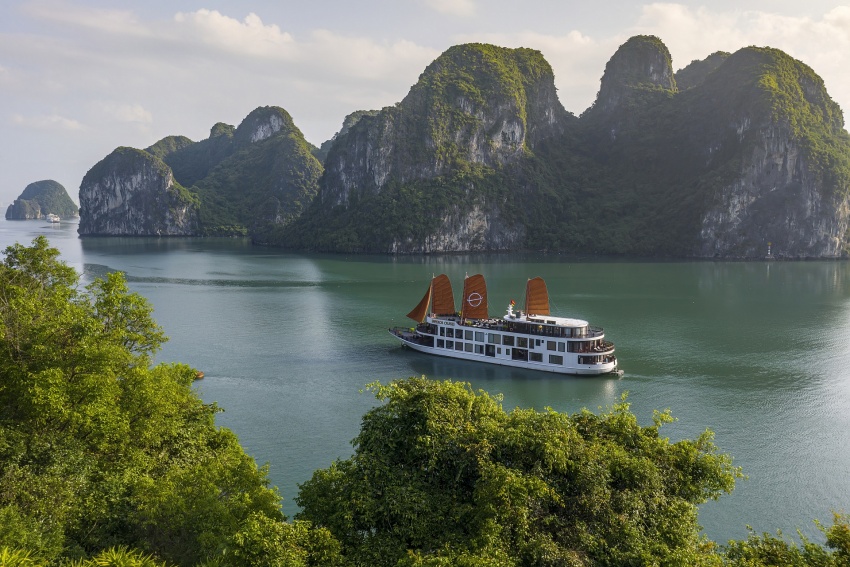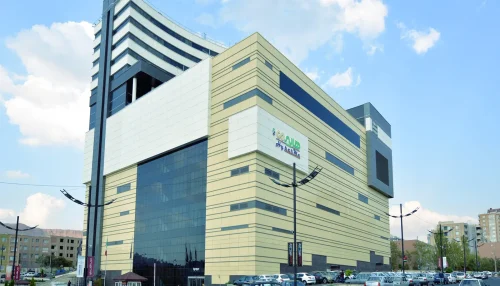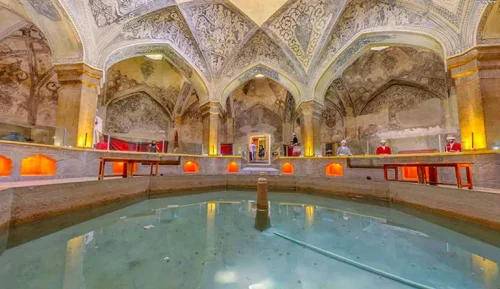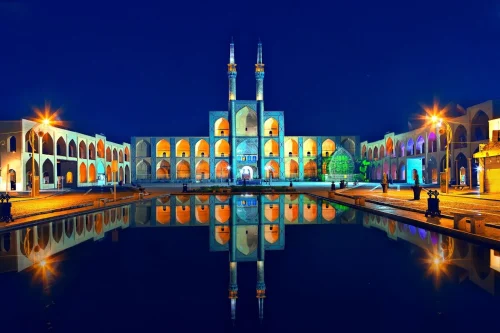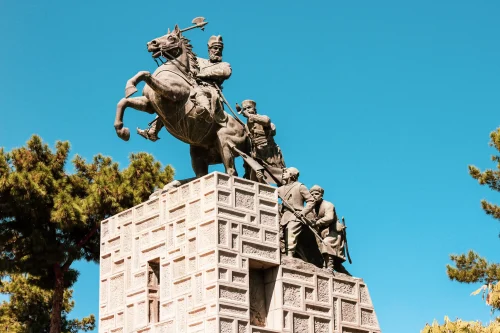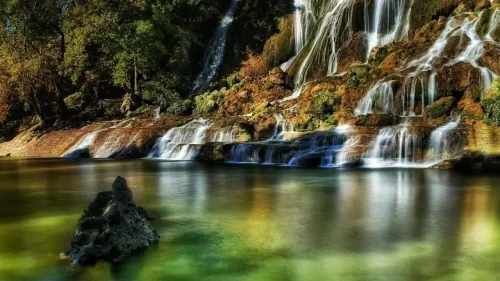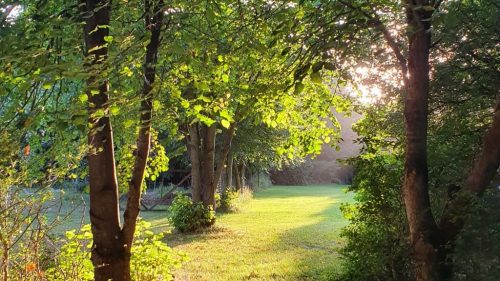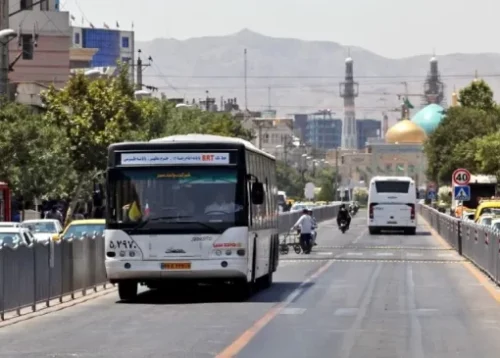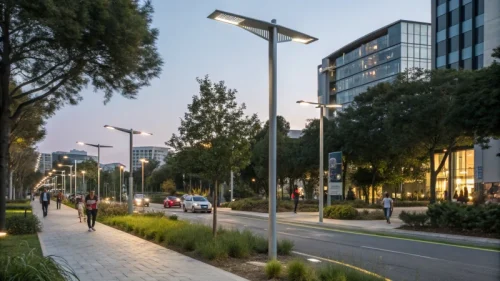Empowering Fars: Innovative Approaches to Boost Rural Tourism Growth
In recent years, the captivating region of Fars has emerged as a beacon for rural tourism, where tradition meets modernity in a way that truly encapsulates the spirit of exploration and cultural discovery. Numerous initiatives have been introduced under the banner of “Empowering Fars: Innovative Approaches to Boost Rural Tourism Growth,” creating opportunities for travelers to experience not only the natural beauty and historic heritage of the area but also the warmth and authenticity of its local communities. The transformative vision of empowering local residents and encouraging sustainable practices has resulted in strategic collaborations between community leaders and tourism experts. This comprehensive strategy is designed to emphasize local craftsmanship, traditional cuisine, and immersive cultural experiences, all while ensuring that tourism development does not compromise the delicate ecological balance of the region. Through these innovative approaches, rural tourism in Fars has evolved into an enriching journey where every village, historic site, and scenic vista invites visitors to connect with a way of life that has been honed over generations. “Empowering Fars: Innovative Approaches to Boost Rural Tourism Growth” represents not just an initiative but a movement, one that champions local heritage and supports community-driven economic development. This initiative encourages travelers to step away from the crowded urban centers and embark on a voyage into the quieter, more soulful corners of the region. Visitors can discover the charm of ancient mud-brick architecture, meander through lush orchards, and experience traditional festivals that celebrate time-honored rituals and crafts. The strategic focus on integrating modern amenities with traditional lifestyles has allowed the region to offer comfort without diluting its cultural essence. In addition, the efforts to boost rural tourism have brought forward practical benefits for local communities. By opening new pathways for income generation and providing training in hospitality and eco-friendly practices, the initiative supports an ecosystem where the benefits of tourism extend well beyond the visitor experience. Local artisans have found new platforms for showcasing their work, and culinary traditions are being revived and modernized to attract a wider audience. The concept of “Empowering Fars: Innovative Approaches to Boost Rural Tourism Growth” also leverages digital technologies to provide immersive storytelling. Interactive maps, virtual tours, and engaging multimedia content enable potential visitors to preview the unique experiences awaiting them, thereby sparking curiosity and excitement long before they set foot in the region. Moreover, the initiative has successfully garnered interest from a global audience by highlighting the region’s unique advantage in eco-friendly and responsible tourism. The focus on preserving natural landscapes, promoting organic agriculture, and maintaining traditional water management systems speaks to a broader commitment to environmental stewardship. It is this delicate balance between progress and preservation that lies at the core of “Empowering Fars: Innovative Approaches to Boost Rural Tourism Growth.” Travelers are not only encouraged to witness the tangible cultural and natural wealth but also to become active participants in its sustainable future by engaging in local conservation efforts and community projects. The long-term vision is to create a model that can be replicated in similar regions, where developmental progress and cultural preservation work hand in hand. Each step of the journey is carefully curated so that visitors leave with a deeper understanding of the local heritage, a renewed appreciation for natural beauty, and the satisfaction of having contributed to the local economy. As more stories emerge from the region, they are woven into a larger narrative of transformation and renewal that emphasizes inclusivity, resilience, and hope. The initiative stands as a reminder that tourism, when executed thoughtfully, can become a catalyst for transformative change—providing economic opportunities while safeguarding the values and traditions that define a community’s identity. Furthermore, this holistic approach drives a ripple effect across various sectors, including education, infrastructure development, and art preservation. Local youth are provided with workshops and mentorship programs that teach skills ranging from traditional handicrafts to digital marketing, ensuring that the legacy of rural heritage is passed on to future generations. With government support and community enthusiasm, the momentum of “Empowering Fars: Innovative Approaches to Boost Rural Tourism Growth” continues to gain traction, establishing Fars as a pioneering example of how rural tourism can be both culturally enriching and economically empowering. In every corner of the region, from sunlit vineyards to ancient caravanserais, there is a story waiting to be told—a story of resilience, innovation, and enduring beauty that invites travelers to be a part of its unfolding narrative.
Exploring Fars Rural Tourism: A Unique Journey into History and Nature
The region of Fars offers an authentic glimpse into rural life where traditional values blend with modern comforts. Visitors are welcomed by warm communities, time-honored architecture, and breathtaking views that invite exploration and discovery.
This immersive experience highlights the legacy of local craftsmanship and culinary traditions while maintaining an eco-friendly approach. The evolving landscape of rural tourism in Fars reflects a commitment to preserving cultural integrity alongside uplifting community livelihoods.
Analyzing the Current Landscape: Opportunities and Challenges in Fars Rural Tourism
In Fars, rural tourism is expanding rapidly, revealing tremendous development opportunities even as notable challenges persist. Strategic emphasis on infrastructure improvements and streamlined administrative processes are vital for sustaining this growth.
Efforts to enhance service quality and public facilities aim to facilitate a seamless visitor experience. Addressing legal and operational obstacles is critical to ensuring that the progression of tourism remains both responsible and inclusive.
Strengthening Local Infrastructure: Enhancing Accommodations and Services in Fars
The availability of traditional lodgings and modern amenities plays a pivotal role in attracting tourists to Fars. Renovated historical homes and community-run accommodations provide guests with an authentic stay without compromising on comfort.
Investments in local infrastructure not only preserve the cultural landscape but also boost the regional economy. Improved access, better transportation links, and refined tourism services all contribute to elevating the overall experience for visitors.
Developing Sustainable Rural Tourism in Fars Villages
Sustainable practices form the backbone of rural tourism in Fars, where environmental conservation intermingles with cultural celebration. Initiatives in sustainable agriculture and eco-friendly accommodations underscore a deep respect for nature.
Local communities have embraced projects that reduce environmental footprints while showcasing traditional lifestyles. This balanced approach highlights the transformative impact of thoughtful tourism development throughout the region.
Navigating Administrative and Legal Hurdles in Fars Tourism Projects
The path to successful rural tourism in Fars is shaped by overcoming administrative and regulatory challenges. Harmonizing permit processes and meeting modern health and safety standards are key steps in streamlining operational systems.
Collaborative efforts among local authorities, business owners, and residents pave the way for clearer guidelines. Efficient policy implementation ensures that tourism projects can flourish in a manner that benefits everyone involved.
Implementing Practical Initiatives to Empower Local Communities
Various initiatives under the banner of “Empowering Fars: Innovative Approaches to Boost Rural Tourism Growth” are making significant strides in uplifting local communities. These programs offer training opportunities, financial support, and technical guidance to regional entrepreneurs and artisans.
By focusing on improving hospitality skills and modernizing traditional crafts, these initiatives help residents transform cultural heritage into thriving economic assets. A hands-on approach leads to broader community participation and a more resilient local economy.
Innovative Marketing Strategies and Enriching Visitor Experiences
Dynamic marketing strategies play an essential role in spreading the word about Fars’ rural tourism. Storytelling, immersive digital tours, and personalized itineraries build excitement and connect visitors with the region’s rich history.
Programs that emphasize interactive experiences allow travelers to feel part of local traditions. These marketing efforts ensure that every visit evolves into a unique and memorable journey, fostering repeat engagements and word-of-mouth recommendations.
Preserving Cultural Heritage through Community-Driven Tourism
The conservation of Fars’ cultural heritage is interwoven with the development of its tourism sector. Storytelling events, traditional festivals, and workshops provide visitors with in-depth insights into time-honored customs and regional artistry.
This approach not only safeguards ancient practices but also breathes new life into traditional forms of expression. Integrating modern hospitality with cultural preservation helps maintain the rich historical tapestry of rural Fars.
Charting a Promising Future for Rural Tourism in Fars
The outlook for rural tourism in Fars is exceptionally bright, with growth prospects fueled by continuous innovation and community engagement. Progressive projects that merge sustainability, culture, and modern amenities lay the groundwork for a thriving tourism model.
Ongoing investments, public-private collaborations, and adaptive strategies serve to propel Fars into a leading position on the international tourism stage. With eyes on long-term development, this region stands as an inspiring example of how rural tourism can transform lives and landscapes.
Frequently Asked Questions
- What is an eco-tourism accommodation?
- An eco-tourism accommodation is a traditional facility that offers visitors an authentic local living experience while highlighting regional culture and heritage.
- Why are eco-tourism lodges important for sustainable tourism?
- They play a key role in sustainable tourism by preserving local traditions, supporting community livelihoods, and promoting responsible travel practices.
- How is the infrastructure designed in eco-tourism accommodations?
- Most facilities combine basic modern amenities with traditional architecture, ensuring an immersive experience that respects local styles.
- What factors contribute to tourism growth in rural areas?
- The abundance of natural attractions, historical sites, and cultural festivals, together with friendly local communities, all contribute to rural tourism growth.
- How do traditional lodgings differ between urban and rural settings?
- Urban accommodations often focus on preserving historical architecture, while rural lodgings emphasize an immersive local lifestyle and simpler facilities.
- What role do government agencies play in supporting eco-tourism?
- Government entities offer regulatory support and financial incentives, ensuring the sustainable growth of eco-tourism while maintaining safety and quality standards.
- How has the permit acquisition process for eco-tourism accommodations been simplified?
- Streamlined registration methods and reduced bureaucracy have made it easier for owners to obtain necessary permits, fostering quicker facility development.
- What challenges do eco-tourism facilities commonly face?
- Common challenges include insufficient infrastructure, lengthy regulatory procedures, and competition from unlicensed establishments.
- What measures can improve the quality of eco-tourism accommodations?
- Enhancing supervision, encouraging inter-agency cooperation, providing financial support, and investing in infrastructure are some effective measures.
- What is the impact of unlicensed accommodations on the eco-tourism market?
- Unlicensed facilities can diminish the reputation of properly certified lodges and create unfair competition, ultimately affecting visitor trust.
- How can investors take advantage of available financial support?
- By submitting the required documents and complying with the established criteria, investors can access favorable funding and supportive measures.
- What role does community participation play in eco-tourism development?
- Active involvement of local residents in service provision and cultural preservation enhances authenticity and drives the growth of eco-tourism.
- What are the advantages of staying in rural or nomadic lodges?
- Guests experience genuine local traditions, sample traditional cuisine, and enjoy a unique lifestyle that is distinct from modern urban living.
- Why is there an increased demand for these accommodations during holidays?
- The unique ambience, natural and historical attractions, along with favorable weather conditions, contribute to higher occupancy during festival periods.
- How does local architecture enhance the appeal of these lodgings?
- Incorporating regional design elements and preserving traditional construction techniques adds a unique charm and strengthens the local identity.
- What initiatives have been taken to improve the livelihoods of local communities in eco-tourism areas?
- Programs offering job opportunities, access to financial services, and legal support have helped elevate community living standards and drive regional development.

